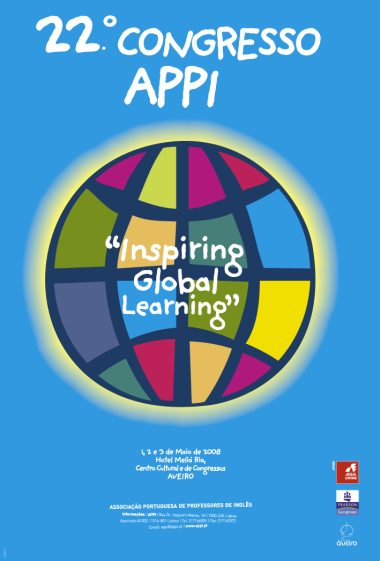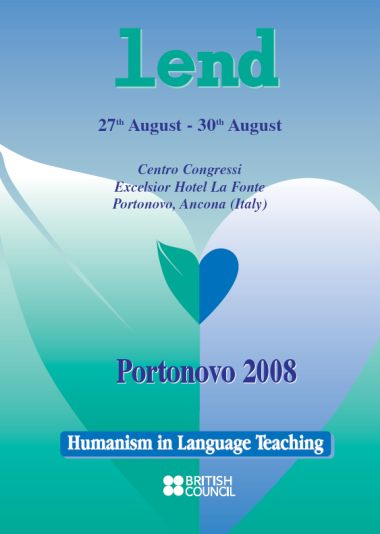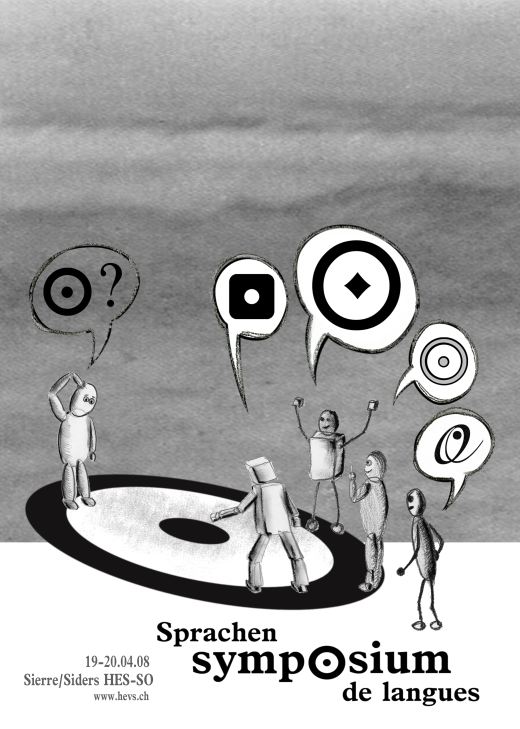Dear HLT Readers
Welcome to the new issue of HLT, jam packed as usual. The first area of focus in this issue is the teacher, both pre-service or in-service. In major article 1: (Re) Searching Ourselves: TEFL Teachers as Bottom-up Agenda Setters or Top-down Consumers? Mark Daubney raises the problem of balance between teachers' initiative versus externally imposed agendas. Simon Andrewes echoes the issue and looks at the problem from a slightly different angle. In his article Teachers Against Methodology he explores the reasons why teachers are reluctant to adapting new trends in language teaching.

In her article Case study - Teaching Blind Children Aleksandra Frankowska shares with us her observations regarding teaching classes with blind or visually impaired children. She shares with us her observations of such students and their functioning in a normal class. Two more glimpses of teaching and learning environments - in Indonesia and China - are to be found in An Indonesian High School by Graham Paterson and in Its Finer in China than an L.A Diner by Greg Parker.

The second area this issue of HLT focuses on are, of course, the students. In major article 2: Student Teachers To Teacher Students Maja Aleksic writes about the role of peer teaching; she presents the underlying theory as well as research results. In major article 3: The Forgotten Learner: Why Language Teaching Has to Be Humanised Marko Maglić looks at the role of pair work and relationships in motivating the students. Although he acknowledges the need for individual work, he also emphasises the role of conflict in the learning process. In Solutions for Lanuage Learners, John R.H. Thompson looks at ways to overcome the apparent obstacles, difficulties or barriers that are encountered by students learning a second language. This in turn is echoed by Lou Spaventa in The Heart of the Matter: Writing to Learn in which he looks at writing as an act of learning and the reward which comes from the very act of writing. He looks at how writing should be encouraged at lower levels of language study and how it should be assessed.
The role of the learning environment is also raised in How to Build Successful Engaging e-Learning Experiences by Claudio de Paiva Franco and in Lighting in the class: Is it important? Yuri León Peceros. The former looks at some psychological aspects whilst the later starts with a look at physical sphere of learning, which also has some psychological impact. More on using modern technology in Barbarians in the Computer Lab - a Practical Guide to How to Use Computers and the Internet in English lessons by Alicja Wujec Kaczmarek. There are also some enlightening student's voices submitted by Carol Griffiths - My Students' Voices (2).
As usual there are many practical ideas for language lesson. In the article Creative Writing: Flowers, Mario Rinvolucri describes a writing idea he used in a session and we can also appreciate the texts produced in class. Two articles deal with teaching grammar: Approaching the Passive in an Active Way (and actually enjoying it) by Syana Harizanova and Therapeutic Grammar by Monica Hoogstad. In Listening Activities Simon Mumford, HLT's regular contributor and HLT host editor in November 2006, shares with us some more of his creative and interesting ideas. More on listening in Mario Rinvolucri's piece Exercises from Companion to Cambridge Grammar of English, Listening Section which completes a series of three articles on the same subject ( earlier by Chaz Pugliese and Simon Mumford). Readers interested in English for academic purposes will surely enjoy Humanising an EAP Textbook by Brian Tomlinson.
A psychodrama technique, so called 'doubling', features in two articles: Doubling self-portraits by Jamie Keddie and Doubling, a Psychodrama Technique that Has Been Successfully Transposed to Language Teaching by John Morgan and Mario Rinvolucri. In his regular feature Hall Houston presents yet another interesting feeder field for ELT: Off the Beaten Path: Solutions Focus.
Two articles deal with using translation in class. Major article 4: Contrastive Teaching and Translation by Boryana T. Ruzhekova Rogozherova offers a very academic study of teaching translation while Translation and Humanistic Language Teaching by James W. Porcaro gives this aspect of teaching a more humanistic slant.
Do not miss the Course Outline Summer 2008 by Mario Rinvolucri who advises you what new Pilgrims courses are worth a try. His voice is echoed by Bonnie Tsai who in her article Art and Music in the Classroom explains the role of fine arts and music in motivating the students and making the class more humanistic. Note Teaching through art and music is a new Pilgrims course. In the earlier mentioned article Creative Writing: Flowers by Mario Rinvolucri you will be able to appreciate some of the creative writing that was one of the many products of the Creative Writing course at Pilgrims 2007.
As for publications welcome the new book presented in Lessons from Good Language Learners – Preview, a book edited by Carol Griffiths, and published by CUP. The book looks at how good language learners learn, and does it from a broad perspective. It pursues some of the areas Rubin identified and includes some new ones which she did not mention, at least directly such as gender, personality and autonomy. You will also find reviews of Easy Readers: The Princess Diaries and Three Tomorrows, by Neil McBeath and a new , hopefully, regular feature: Short Book Reviews by Hanna Kryszewska.. The good news is that a number of publishers have agreed to send selected publications to be reviewed so let's keep our fingers crossed they will keep supplying interesting food for thought for the new column.
Last not least to dot miss more Poems by Annamaria Mandoliti and very interesting correspondence in the Letters section. In the Jokes section in the piece called ELT Terms Tongue in Cheek you can find a few entertaining slips in methodology terms, or perhaps they are here to stay, like "attention spam".
Enjoy the issue and hopefully see some of you at IATEFL. When at the conference I will be on the lookout for interesting contributors for the next issues of HLT
Hania Kryszewska
HLT Editor



|